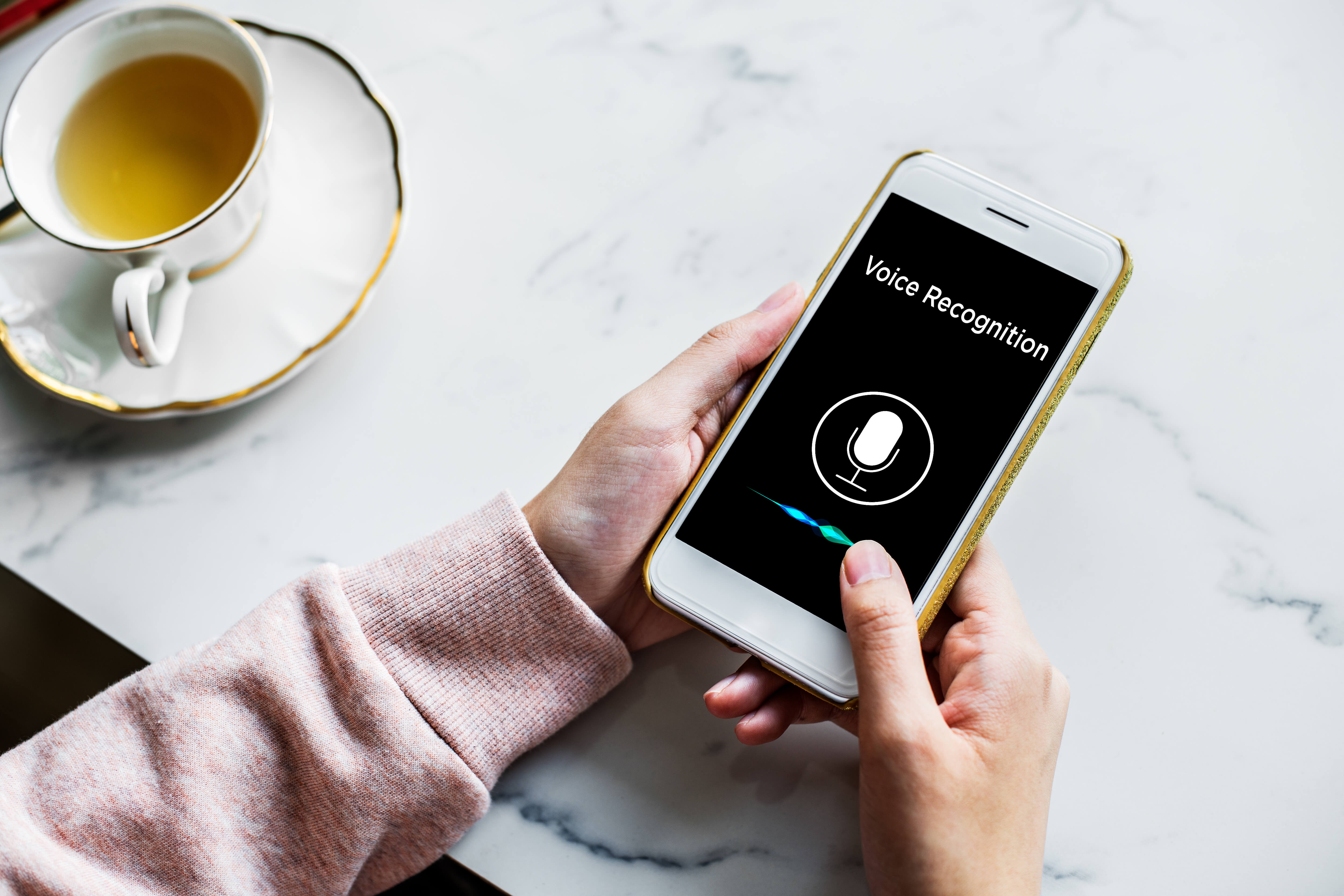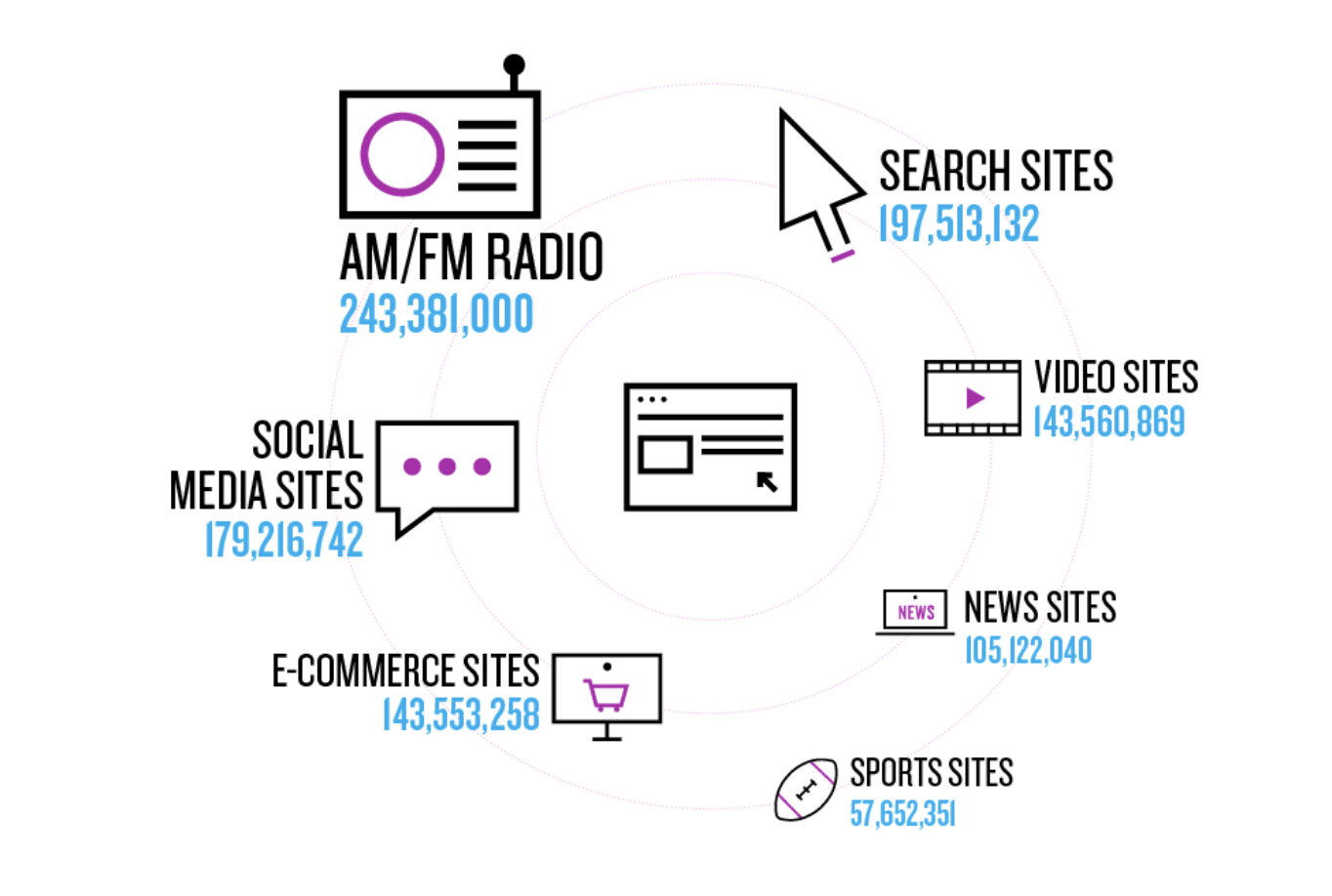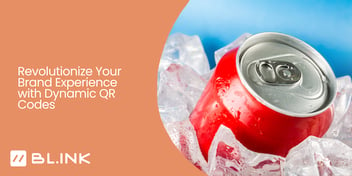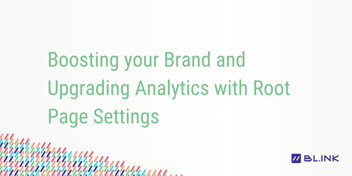
Listen to this blog
See It, Say It: Drive Website Traffic From Audio Sources
Clicking isn’t the only way your audience interacts with links. Read on to learn how to optimize links for audio and voice.
When we plan our URLs, we’re usually thinking of where people will see them: online ads, social media posts, shared content, brochures, business cards, presentations…the list goes on.
With all the focus on written URLs, It’s easy to forget about places people HEAR about your brand or your offer.
Voice as a user interface is already increasingly common, with Siri and Alexa becoming our constant companions and trusted helpers, and with streaming audio and radio being integrated into our workplace, our homes, and our commutes. According to Nielsen Media, 93% of U.S. adults 18 and older listen to radio every week—more than those watching television or using a smartphone, TV-connected device, tablet, or PC.

And while still small in number today, Nielsen points out that podcasts are the fastest-growing medium with the highest rate of user adoption.
If someone hears your brand name via an audio source, such as a radio ad or podcast, they might go online afterward to find your website. This could involve a search for your company name, a click on the (hopefully correct) search engine listing, and a visit to your home page. But that process requires a lot of effort from your potential customers and they may easily get lost along the way.
What if you want to send podcast listeners to a landing page with a special bonus? Or if you want to drive traffic to a special holiday promo page via a radio ad?
Normally, you’d have three (undesirable) choices:
- Say a long URL that goes to the specific page. Unfortunately, it sounds terrible and takes up valuable audio time to spell out a long URL. Who wants to listen to an ad that ends with something like, “Visit www.byalexandra.com/jewlery/bracelets/winter-sale”? It’s not hard to read when it’s written, but spelling it out aloud makes it painfully clear how long and clunky it is. Not only that, your listeners won’t remember it, so they’ll just go to your home page to hunt for the content (if they’re super-motivated, that is).
- Mention your general website URL and then describe how to navigate to the content. For example, you’d say “Go to www.company.com, click Events, and then click Spring Showcase.” Again, this takes valuable airtime, and your audience isn’t likely to remember the steps once they’re ready to act.
- Send everyone to the home page and make sure your promotion is front and center so your target audience can easily find it. This can get messy, especially if you’re running multiple promotions or the promotion content isn’t a good fit for the home page. After all, the home page is the introduction and simplest summary of your brand, and it can’t do its job well if it’s cluttered with competing messages.
All of these scenarios share a similar problem: they make your content confusing to navigate and hard to find. It’s also harder to track visitors who heard your URL. According to your analytics platform, visitors who came because they heard your URL look like direct traffic, or traffic coming from organic search, with no attribution to the real source.
Use short URLs with real words
Since BL.INK links are short, meaningful, AND memorable, they’re a great solution to many of the pain points of traditional links, especially for audio. When you use branded links or unbranded links, you can say a URL that’s short and memorable, and that goes directly to the intended campaign landing environment.
So www.company.com/events/spring-showcase becomes company.events/showcase.
When you read each of those out loud, the difference between them becomes even more…pronounced (See what we did there?).
Relevant content, no matter when it airs
Most of the ways to share your URL via audio involve some degree of production, from recording a video or podcast, and/or hiring a voiceover actor for a recording. With the exceptions of Facebook Live or Instagram stories, a lot of audio content is recorded weeks before it airs.
That opens you up to potential risk. If anything changes with your destination page, or if something changes with a promo, what do you do? Making changes to a URL in an audio format would typically require you to go to each radio station, podcast host, or advertiser and request updates.
BL.INK branded short links eliminate that risk. Even after your branded short link is out in the wild, you can change your destination page at any time without having to change your short URL. This is perfect for something like podcasts, where a link mentioned in the audio recording lives on indefinitely. Learn more about using BL.INK links in podcasts.
Going back to the earlier example of www.company.com/events/spring-showcase, you could air the same radio ad using company.events/showcase for your events year-round. After the Spring Showcase event is over and you want to start promoting your Fall Showcase, just swap out the destination URL so it redirects to www.company.com/events/fall-showcase page. No matter when the radio ad, podcast, or TV ad, or video airs, the company.events/showcase URL will send people to the most up-to-date information because you can continually update the destination URL.
Track audio performance
When your URL is mentioned on a podcast, and a listener visits your website, how do you attribute that to the podcast? In most cases, audio-based attributions are hard to come by and hard to count alongside things like email engagement or Facebook ad clickthroughs.
However, if you set up a BL.INK link for each audio promotion, you’ll instantly be able to see who visited your site from each source. Maybe your radio ad urges listeners to go to company.sale/radio while your Facebook Live video sends viewers to the same sales page using company.sale/facebook. Now you can see audio sources are most effectively reaching your target audience and sending you the most traffic. Plus, you can count those metrics along with your other analytics for more accurate, comprehensive reporting.
When marketing is a mix of audio and visual, you need URLs that work across all platforms so your visitors AND listeners can connect with your brand.


